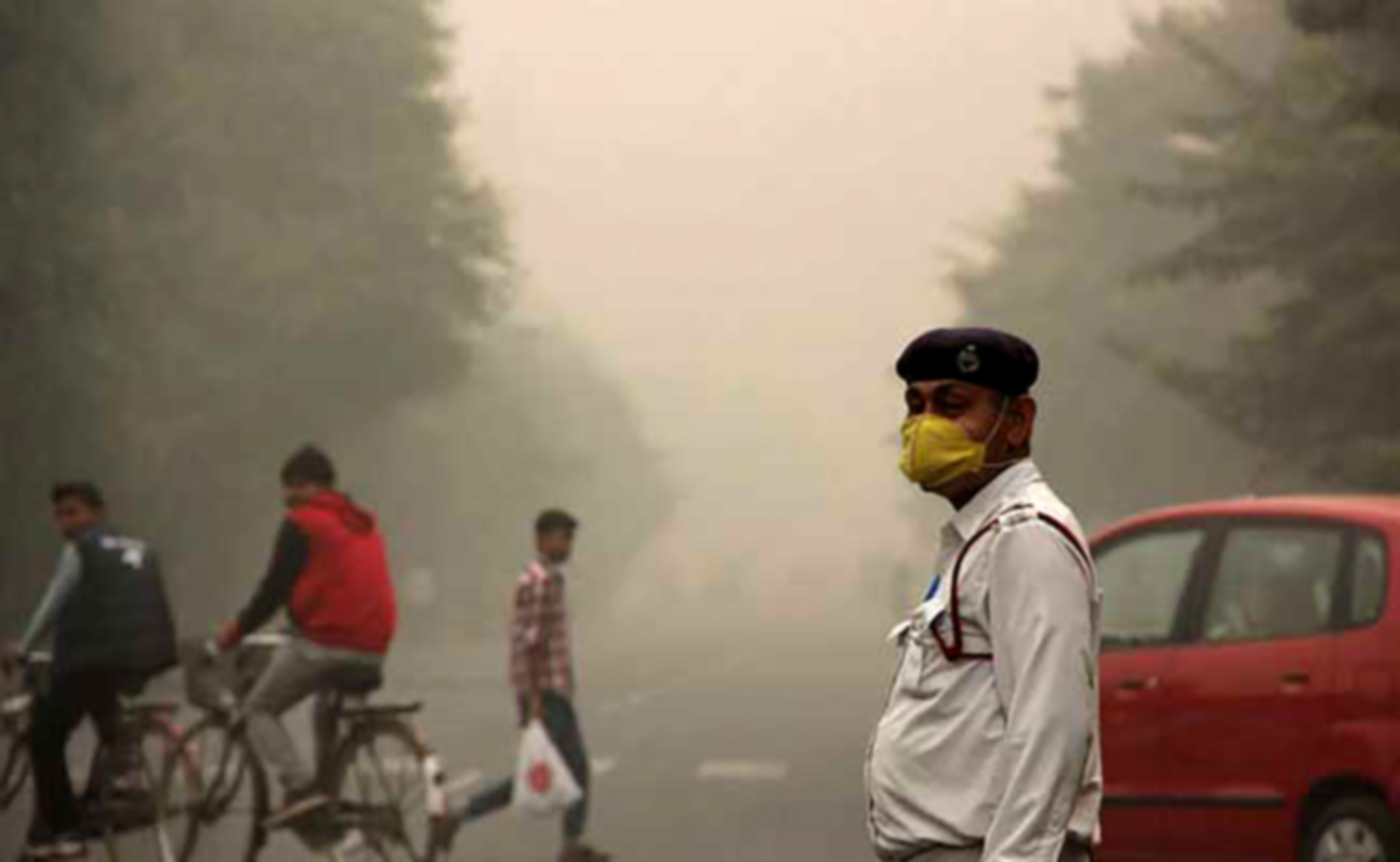July 2016 Yale University, US, report has ranked India 141st among 180 countries worldwide in Environmental Performance Index (EPI), worse than all the “competing” BRICS countries. The report ranks Brazil 46th, Russia 32nd, China 109th, and South Africa 81st.
The ten best performers in EPI are Finland, Iceland, Sweden, Denmark, Slovenia, Spain, Portugal, Estonia, Malta, and France. United Kingdom ranks 12th and the United States ranks 26th.
The report stresses, there is no relationship between countries’ EPI performance and economic development. “For instance, countries located in Europe tend to have higher EPI scores in relation to their Gross Domestic Product (GDP) per capita”, while “China and India both have “high GDP per capita but receive low scores on the overall EPI.”
The only consolation for India is, it ranks better than three of the immediate neighbors – Pakistan, which ranks 144th, Bangladesh, ranking 173rd, and Nepal, ranking 149th. Sri Lanka ranks 108th and Bhutan 110th. While India has improved its performance by 14 points ever since the last report was released (it ranked 155th in 2014), there is little reason to cheer: It ranked 123rd in 2010 and 125th in 2012.
http://blogs.dnvgl.com/energy/wp-content/uploads/2015/05/Figure-2-cc.png
Poor on all Fronts
Titled “Global Metrics for the Environment”, the report has been prepared with the active support, among others, of the World Economic Forum (WEF), the top Switzerland based body working for “improving” industrial climate by engaging business, political, academic and other leaders.
Referring to unsafe water, unsafe sanitation, ambient particulate matter pollution, household air pollution from solid fuels, and ambient ozone pollution, the report states, “Some countries, like India, perform poorly across all five environmental risk factors”.
EPI ranks countries’ performance on high-priority environmental issues in two areas, protection of human health and protection of ecosystems, but factors taken into consideration also include tree cover and reduction in carbon intensity.
Pointing out that air pollution is a growing global problem, especially in rapidly developing economies like China and India, the report says, “More than 3.5 billion people, or half of the world’s population, live in nations where average exposure to fine particulate matter exceeds levels the World Health Organization (WHO) considers safe (10 micrograms/m3).”
The report adds, “One-third (1.3 billion) of these people live in the East Asia and Pacific region, where in China and South Korea more than 50 percent of their populations are exposed to unsafe levels of fine particulate matter. In India and Nepal, the percentage is nearly 75 percent.”
Air Pollution Worse
Refusing to give credit to the government for recent improvements in air quality in India, the report states, “Responding to pressure from civil society and media, India has created an Air Quality Index (AQI) to measure and track air pollution in the country’s largest cities.”
The report praises the Aam Aadmi Party’s December 2015 odd-even day driving restriction program in Delhi as “an emergency measure to reduce pollutant loads, marking an important step forward in combating the air pollution that has plagued the rapidly industrializing country for several decades.”
At the same time, the report states, “India’s air pollution index has received extensive media attention”, yet, “despite its expansion to more than 60 cities, the AQI’s exact data collection method remains unclear”, as there was “absence of a public health advisory system for cities receiving poor AQI scores.”











